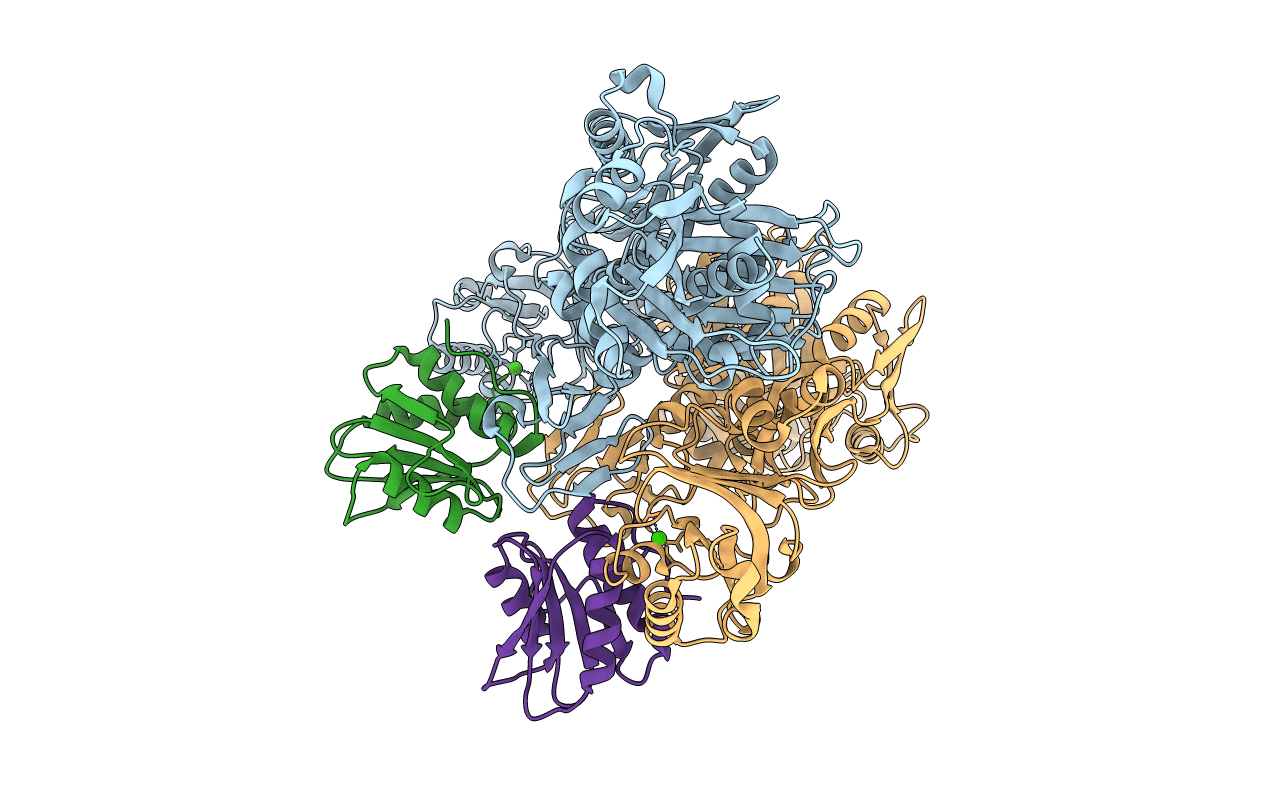
Deposition Date
2002-12-04
Release Date
2003-01-14
Last Version Date
2024-10-16
Entry Detail
Biological Source:
Source Organism:
Klebsiella pneumoniae (Taxon ID: 573)
Host Organism:
Method Details:
Experimental Method:
Resolution:
2.40 Å
R-Value Free:
0.27
R-Value Work:
0.23
Space Group:
P 43 21 2


